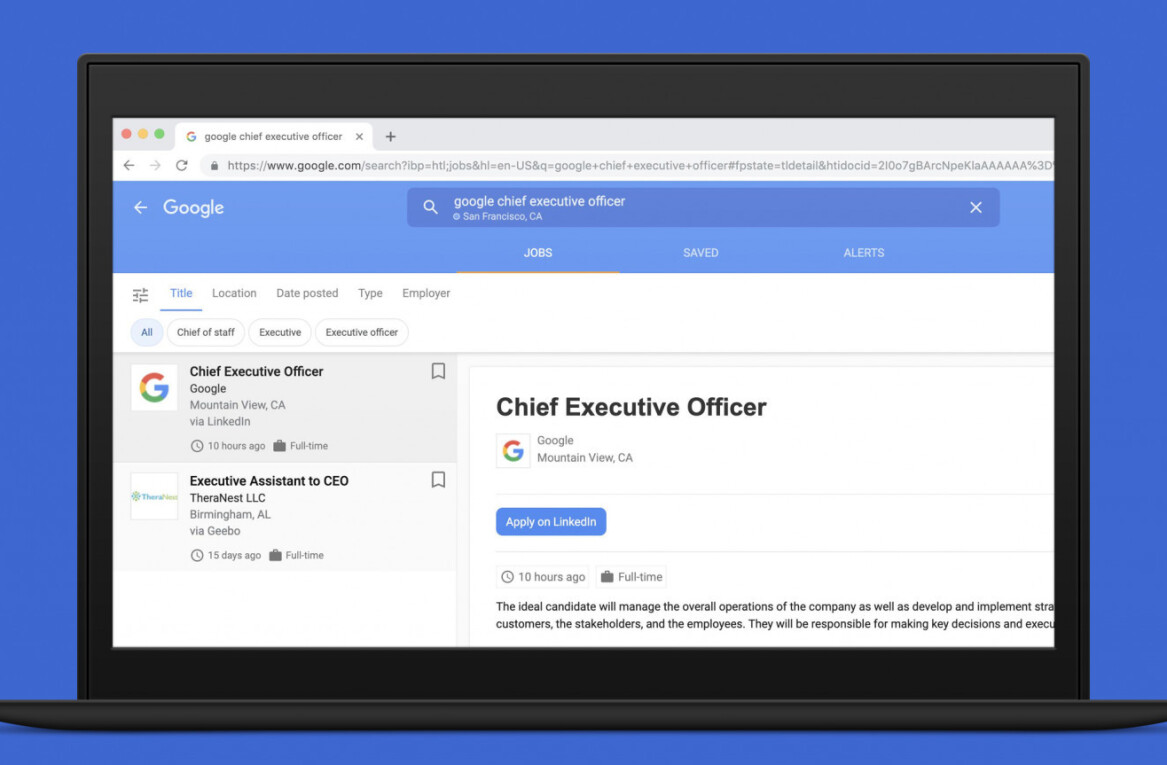
For most people, online social networking in a purely professional context is almost synonymous to ‘using LinkedIn‘, but that doesn’t mean it’s the only business social network in town. Many countries have local networking sites for professionals, and a handful of companies are trying to compete with LinkedIn on a global level, including XING and Viadeo.
The latter was started in France back in 2004, but has expanded to other countries – mostly by acquisition – over the past few years, and has managed to attract over 45 million registered users to date.
For the record, that’s still a far cry from the more than 150 million members (in over 200 countries and territories) claimed by LinkedIn.
But Viadeo says 1 million new members join the online business network every month, so it’s not that it’s not seeing growth. The company claims over 3 million profiles are viewed, and 150,000 new connections made, on Viadeo every day.
Today, Viadeo is announcing a $32 million round of funding to boost growth in more regions across the globe, particularly in Europe and emerging markets like China (with Tianji.com as its local brand), Latin America, India, Africa and, from last December, Russia.
Viadeo has confirmed that one third of the funds (more than $10 million) will be given to Tianji itself. Viadeo’s arm in China is performing well, with 10 million members to date, and the revenue will help it develop towards the 100 million member target it is aiming to reach by 2013.

The $32 million round of financing comes from the French Sovereign Fund, the ‘Fonds Stratégique d’Investissement’, existing institutional shareholders and apool of new investors including Allianz, Jefferies and Middle Eastern private funds.
It’s straight-up growth capital, as Viadeo claims to have been profitable since early September 2009, so it didn’t necessarily ‘need’ the cash infusion.
Viadeo, which employs 310 staff worldwide, says its strength lies in approaching new markets not just by translating the site but with a focus on “leveraging and honoring the local language, business and culture of its members”.
The service is currently available in Mandarin, English, French, Russian, Italian, Spanish, German, and Portuguese.

Image Credit / wfabry
Get the TNW newsletter
Get the most important tech news in your inbox each week.





